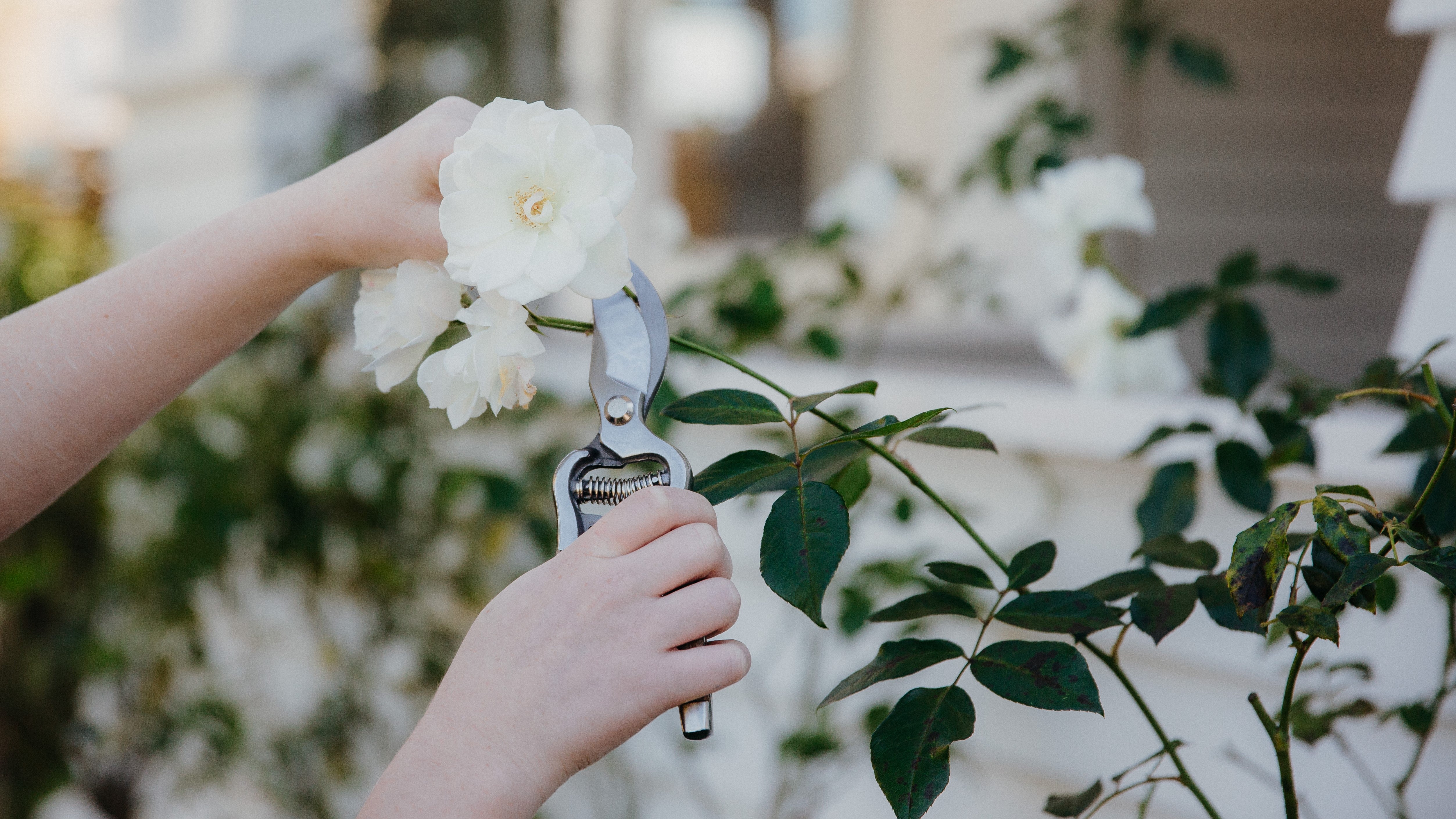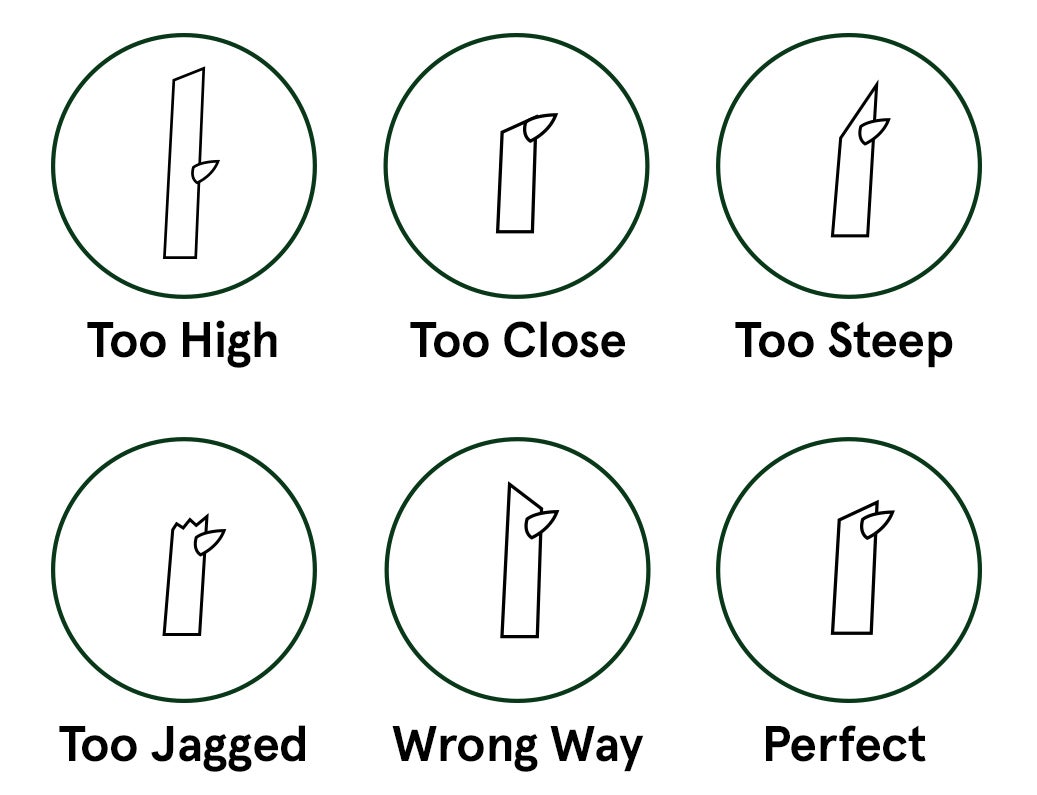
A Beginner's Guide to Rose Pruning
05 Jul, 2022
Preparation
Roses benefit from annual pruning over winter, once they’ve finished flowering. Pruning is done to remove older wood to help shape the rose, and to ensure new growth is healthy and blooms are plentiful.
You will need;
Sharp clean secateurs, loppers, pruning paste, rose pruning gloves
Pruning should be done on a fine day from July till mid-August.
Bush and standard roses look their best with an ‘open vase’ shape, where stems are cut to grow outwards and upwards. This allows good airflow between the branches reducing the chance of disease.
Making a Cut
Start by cutting out any dead, damaged, or diseased shoots. Snip out any twigs that look too thin to carry flowers.
Cut back to a viable bud. The cut should be made at approximately a 45° angle, and the bottom of the cut should be level with the top of the bud.
Making the cut too close can kill off that bud as a small amount of wood will die off after making the cut.
Seal cuts larger than 15mm (or as thick as your little finger) with a pruning paste.
Remove any crossing branches or branches growing inwards.
Cut back the remaining branches by at least one third. When making these cuts, always trim back to an outward facing bud.
Grow Well Tips
Check the base of the plant for unwanted suckers coming from below the ground or the graft point. The graft point is usually easy-to-see, looking like a crooked bump a few centimeters above the ground. Be sure to snip these off.
Notice black spots on your rose leaves in summer? Once finished with your pruning, spray with Yates Copper Oxychloride and Yates Conqueror Oil to help seal wounds and reduce the chance of pest and disease problems later in the season.
Clean pruning equipment after each use, to avoid the spread of disease.
